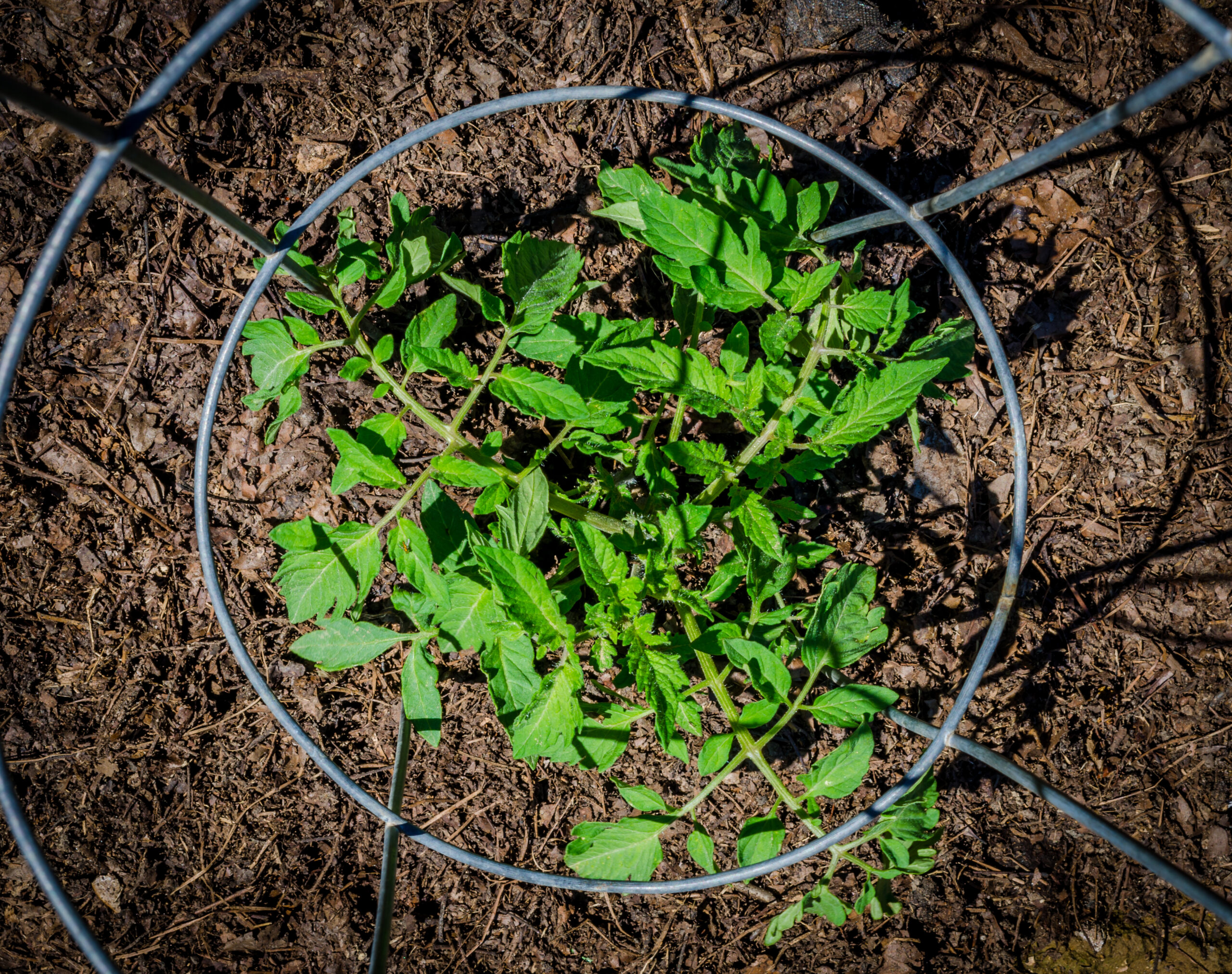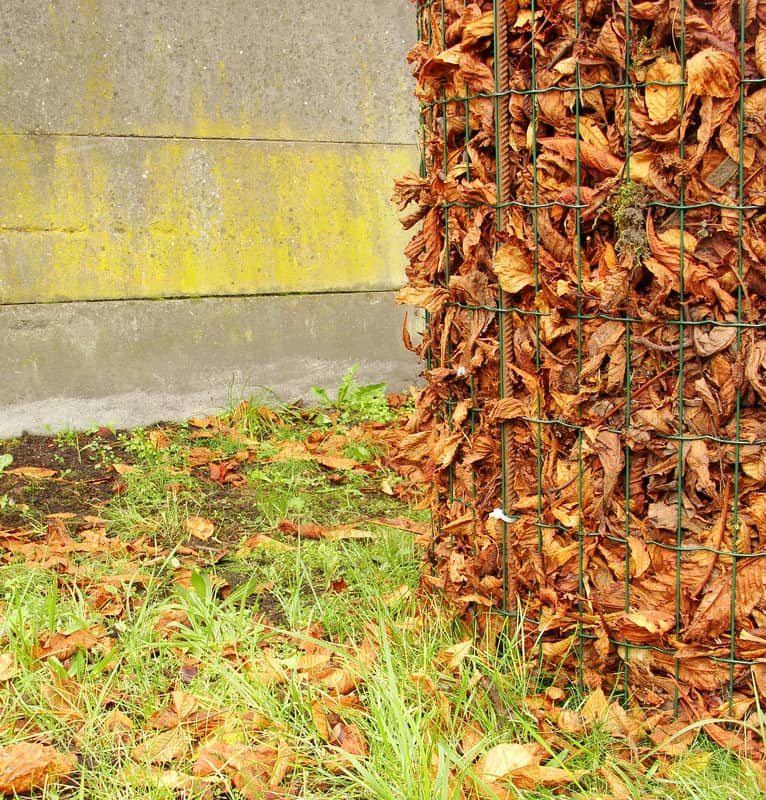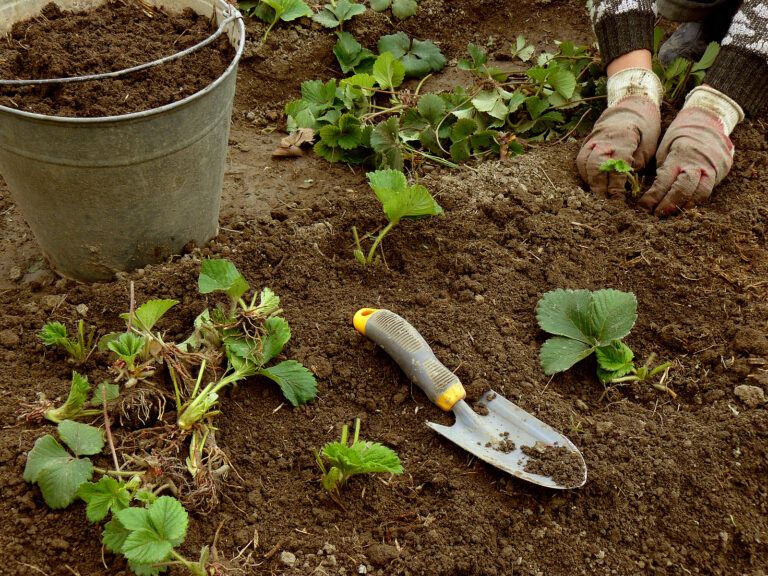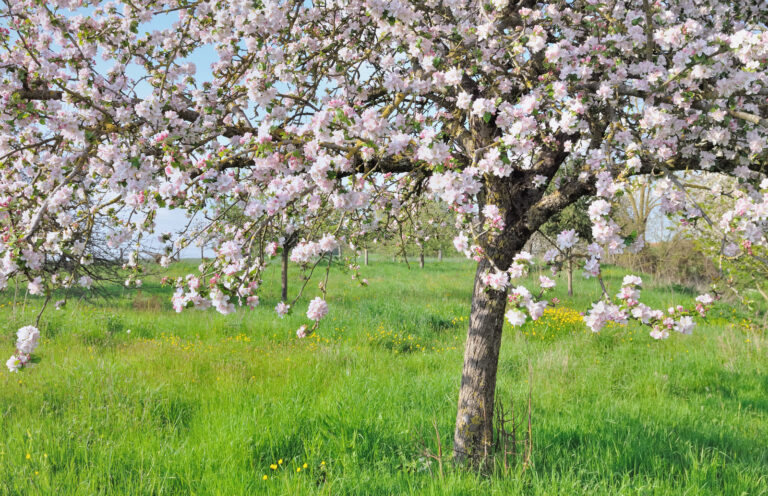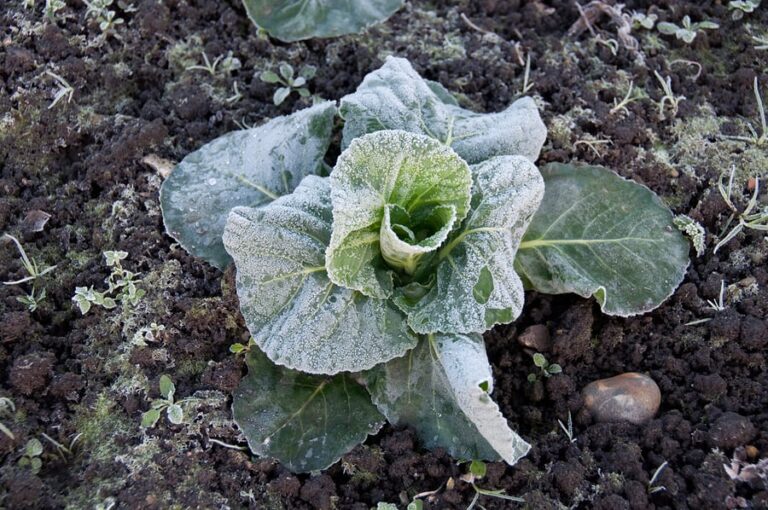Best Ways to Support Your Tomato Plants
One of the most important lessons I’ve learned from growing tomatoes over the years is that proper support makes a huge difference in plant health, fruit production, and ease of harvest. Without support, tomato plants tend to sprawl across the ground, making them more susceptible to disease, insect damage, and rot. Whether you’re growing bush (determinate) or vining (indeterminate) tomatoes, providing the right support will lead to stronger, more productive plants.
Why Support Tomatoes?
Tomato plants benefit greatly from being supported. Here’s why:
✅ Prevents Disease – Keeping leaves and fruit off the ground improves airflow and reduces fungal infections.
✅ Encourages Bigger, Healthier Fruit – Supported plants direct energy into producing quality tomatoes rather than excessive foliage.
✅ Saves Space – Vertical growing allows for better use of garden space.
✅ Makes Harvesting Easier – No more searching through tangled vines to find ripe tomatoes!
Choosing the Right Support for Your Tomatoes
1. Cages: Best for Determinate (Bush) Tomatoes
Bush tomato varieties tend to stay compact, but they can still benefit from a cage to keep them upright and organized. A wire tomato cage or a sturdy cylinder (with openings large enough to reach through) works best.
How to Use Cages:
- Place the cage over the plant at the time of planting to avoid disturbing roots later.
- Use heavy-duty cages (minimum 4 feet tall) for best results.
- Anchor the cage with stakes to prevent tipping over as the plant grows.
- Gently guide branches through the cage openings as they grow.
2. Staking: Best for Indeterminate (Vining) Tomatoes
Indeterminate tomato plants grow tall and continue producing fruit all season. Staking keeps plants tidy and encourages airflow while maximizing space.
How to Stake Tomatoes:
- Use a 6-foot-tall, 2-by-2-inch wooden or metal stake.
- Drive the stake at least 12 inches deep into the ground before planting.
- Tie the main stem to the stake every foot using soft twine, garden tape, or cloth strips (avoid wire or anything that can cut into the stem).
- Prune side shoots (suckers) to encourage upward growth.
Pro Tip: If you grow multiple tomato plants in a row, consider the Florida Weave Method—stringing twine between stakes every few inches as plants grow for extra support.
3. Trellising: Ideal for Maximum Space Efficiency
Trellises are a great way to support multiple tomato plants while keeping them off the ground. This method is especially useful in raised beds or small-space gardens.
How to Build a Tomato Trellis:
- Use galvanized mesh (6×6 inch squares) stretched between two 8-foot stakes set about 2.5 feet apart.
- Tie vines to the trellis as they grow, similar to staked plants.
- Train plants upward and gently weave branches through the mesh.
Growing Tomatoes With No Support
If you don’t want to cage or stake your tomatoes, set an arch of construction wire in place and let your tomatoes sprawl across the arch keeping fruit up just above the soil. Free-grown tomatoes will be heavy producers and you’ll do no pinching or pruning during the growing season.
Summary
No matter which support method you choose, the key to success is setting up your supports at planting time. Trying to stake or cage a mature tomato plant can be difficult and may damage the roots. With proper support, your tomatoes will stay healthy, produce more fruit, and be easier to maintain all season long.
Pro Tips: A Closer Look at Tomato Supports
Bush tomato varieties can be grown without support although cages may be used. Climbing tomato varieties should be staked, trellised, caged, and pruned for best results. Train indeterminate tomatoes using a 2-by-2-inch (5 cm) 6-foot-long (1.8 m) stake, a wire tomato cage, or a cylinder with an opening large enough to put your hand through. Set the support in place at planting time. Anchor cages to a pair of 4-foot (1.2 m) stakes driven into the ground before planting. Use soft ties to train the plant to a stake, or train branches through the cage as the plant grows. Tie the main stem every foot or so with soft twine or horticultural tape.
- Cages, stakes, and trellises can be used to support tomato plants. Supports will keep leaves and fruits off the ground. Tomatoes that sprawl across the ground will be susceptible to disease and insect pests.
- Stakes can be used to train tomatoes upwards. Staked tomatoes are commonly pruned to one or two main stems (called leaders) which are trained up by tying the stem to the stake with elastic horticultural tape.
- Trellises can be used to support tomatoes. Fashion a trellis out of 6 by 6 inch (15cm) galvanized mesh. Stretch the mesh between two stakes set about 8 feet (2.4m) apart. Tie off the vines as they grow up, similar to staked plants.
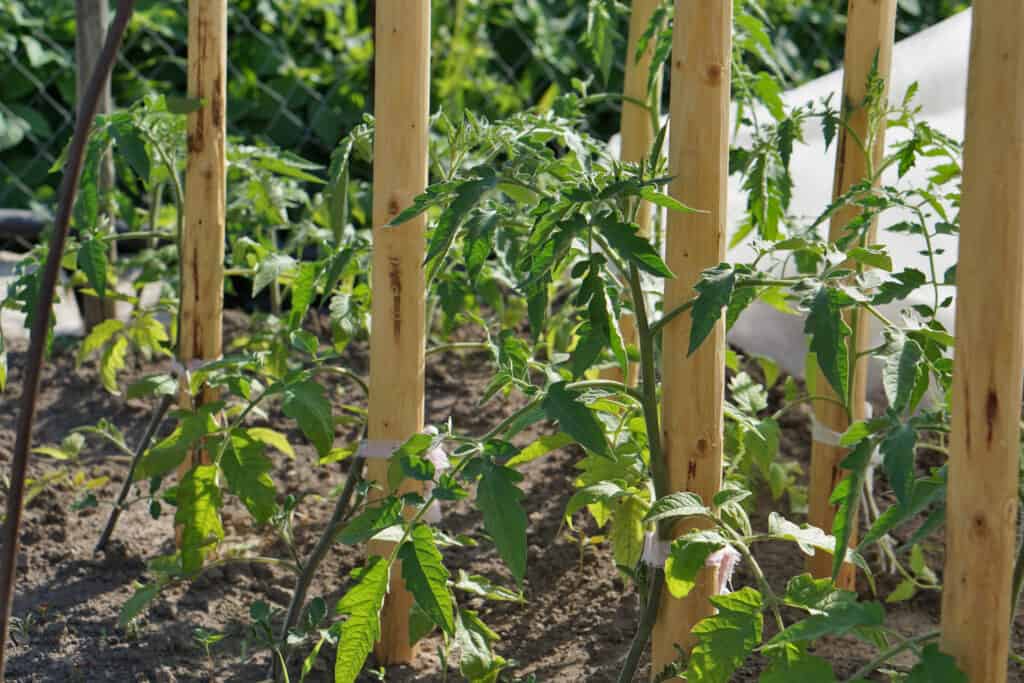
Staking tomatoes
Stakes are commonly used to support single-stem plants. Place the stake 3 to 4 inches away from the newly transplanted tomato and train its main stem up the stake. Tie the plant to the stake with loose garden twine or stretchy horticultural tape. A determinate tomato will need a stake 3 to 4 feet tall (early-season tomatoes that ripen in 70 days or less will not need staking or pruning), and an indeterminate tomato will need a stake 5 to 6 feet tall. Use one- to two-inch square wooden stakes or metal stakes. Staked, single-trunk tomato plants can be spaced as close as 12 inches apart.
- A staked tomato requires the least amount of growing space.
- Stake tomatoes with 6-foot (1.8m) stakes. Set stakes at the time of transplanting.
- Tie stems to stakes with elastic horticulture tape or garden twine.
- Staked tomatoes are best pruned so that they grow on a straight stem against the stake.
- Prune staked tomatoes to one or two stems by pinching out the growing tip of each side branch after it has sprouted at least two leaves.
- To prune to more than one main stem, choose the stems you want to keep and pinch out the rest.
- Do not pinch back side shoots until two leaf sets develop; this will provide foliage cover from sunburn for fruits and stems later.
- Note that pruning will reduce the total crop and is likely to increase the incidence of blossom-end rot.
- More tomato pruning tips: How to Prune a Tomato.
Caging tomatoes
Cages are useful for multi-stemmed free-standing tomatoes not growing in a row. Square or triangular cages may offer more balance than round cages. Use a stake to anchor light cages and keep them from toppling. Prune the tomato to fit the confines of the cage and top the plant when it reaches the top of the cage.
Set cages in place around each plant at planting time and be sure to stake each cage in place. Indeterminate, vining tomatoes can overgrow a cage later in the season causing it to topple. An extra stake or two will keep this from happening. Place cages at planting time to avoid severing maturing roots later on.
- Use tomato cages to support upward growth.
- Use an 18-inch/46 cm-diameter cage for small, bush tomatoes.
- Use a 24-inch/61 cm-diameter cage to support large, vining tomatoes.
- Round or square cages can be bought ready-made; square cages are easily folded and stored.
- To make your own cage use 6 by 6 inch (15×15 cm) mesh reinforcing wire. A five-foot (1.5m) width cut five feet long and bent into a cylinder and tied off will support a six-foot-tall (1.8m) tomato plant. Remove the bottom horizontal wire and push the cage into the ground six inches deep surrounding the tomato plant. Add a supporting stake in windy areas.
- Cages are commonly set in place when a plant is young so that it can grow up and into the cage. Caging, like staking, allows tomatoes to be grown in tight spaces, the fruit is kept up off of the ground and open to air circulation.
- Caged tomatoes may or may not require pruning.
Trellis tomatoes
Trellises for tomato plants are supports similar to horizontal wire supports used to support berry canes. Trellises are useful when you are growing several multi-trunk tomato plants in a row. Drive a stake just to the outside of every other plant, about 4 inches from the main stem. Run heavy twine or wire between the posts. As the plants grow tall, gently move their branches to the cross wires and loosely tie the stems to the trellis. Grow the tomatoes to the top of the support and then remove or top new growth. As plants grow wide, you can string twine between the posts to contain the plants and keep them from sprawling, or you can tie stems along the cross-wires like grapes.
Tomato Growing Hub
Start here: The Ultimate Tomato Growing Guide: From Seed to Harvest
Growing Tips
- Getting Started with Tomatoes: A Gardener’s Guide to Success
- How to Choose a Tomato for Your Garden
- Growing Early-Season Tomatoes for Great Taste
- Heirloom and Hybrid Tomatoes
Planting Tips
- Tomato Seed Starting Tips
- Mastering Tomato Seed Starting: How to Grow Strong and Healthy Plants Indoors
- When to Plant Tomatoes: A Gardener’s Guide to Timing and Success
- Plant Tomatoes for a Thriving Crop: Sun, Soil, and Spacing
- How to Transplant Tomato Seedlings: A Gardener’s Guide
- Growing Tomatoes in Containers
Tomato Care
- Watering and Feeding Tomatoes: Expert Tips for a Healthy, Productive Crop
- Best Ways to Support Your Tomato Plants
- Pinching and Pruning Tomatoes: A Gardener’s Guide to Healthier, More Productive Plants
- How to Prune Tomatoes
- Grow Tomatoes on Stakes
- Best Companion Plants for Thriving Tomatoes: What Works & What to Avoid
Pest & Disease Control
- Tomato Growing Problems: Pests, Diseases, and Solutions
- How to Prevent Blossom Drop — Tomatoes and Peppers
- How to Identify Early Blight, Late Blight, and Leaf Spot on Tomatoes
Harvest & Preparation
- When and How to Harvest Tomatoes for the Best Flavor
- How to Ripen Tomatoes
- Planting Tomatoes for a Long Harvest
- Planting Tomatoes for a Fall Harvest: How to Grow Fresh Tomatoes Before Frost
- Tomato Flavor Explained
- Nine Ways to Cook and Serve Tomatoes
Garden Planning Books at Amazon:
- Tomato Grower’s Answer Book
- Vegetable Garden Almanac & Planner
- Kitchen Garden Grower’s Guide Vegetable Encyclopedia
- Vegetable Garden Grower’s Guide
Books to help you grow:
- Vegetable Garden Almanac & Planner
- Kitchen Garden Grower’s Guide Vegetable Encyclopedia
- Vegetable Garden Grower’s Guide
- Tomato Grower’s Answer Book

